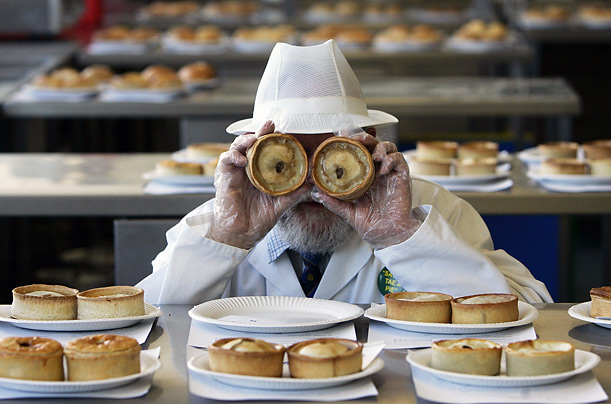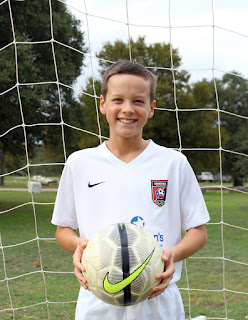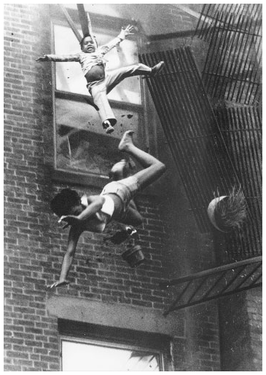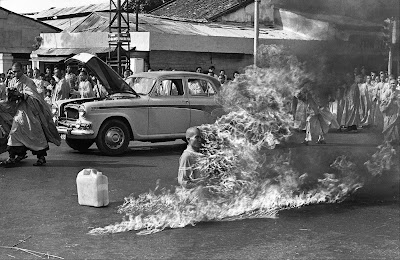
Inspecting pies, Billy Silk poses with them at the Dallas Culinary School. The school was having a baking competition, after students had learned how to create pies.
2. Rules of Photography:
1. Rule of thirds: subject is not placed directly in the center.
2. Balancing elements: 2 contrasting elements that help to balance each other. Example: something small & something large.
3. Leading lines: some sort of line(s) that draws your eye through the photo.
4. Symmetry and patterns: an element that repeats throughout the photo.
5. Viewpoint: taking the photo from a different angle. Example: up high or down below.
6. Background: should be simple, so the subject can be the main focus.
7. Create depth: allows objects to seem far away or close up.
8. Framing: gives more information to the photo based on where you are standing.
9. Cropping: helps to get rid of distracting elements.
10. Mergers & avoiding them: when something appears to be coming out of something else.
3. Aperture, Shutter Speed, & ISO
Aperture: the f stop. Smaller f number means more light and bigger f number means less light.
Shutter speed: how fast the lens closes and opens. Slower shutter speed lets in more light and faster shutter speed lets in less light.
ISO: the camera's sensitivity to light. High ISO allows the picture to be lighter, but adds more grain. Low ISO allows pictures to be better quality, but you must have an adequate amount of light.
4. Ethics of Photo Manipulation
Photos should not be manipulated to the point where it is no longer the truth of the original image. Smoothing skin would be ok, but dramatically enlarging or thinning something would not be ethical.
5. Types of Portraits
Environmental: the subject is photographed in their natural environment.
Self: a photo of a person, taken by them.
Casual: a casual photo of a person.
FORMAL: person looks into camera and is nicely dressed vs INFORMAL: person may look away and not posed
6. Photography Terms
Exposure: how light or dark the photo is. "over exposed or under exposed"
Depth of Field: how much of the photo is in focus.
Focal Length: the distance between the sensor and lens. 4 mm would be a very far away shot, and 300 mm would be a very close shot.
7. Types of Magazine Covers
Early: illustrations on covers.
Poster: one large captivating photo covers front.
Married to Type: words work with picture.
Forest of Words: lots of text surrounding photo, easily lost.












































